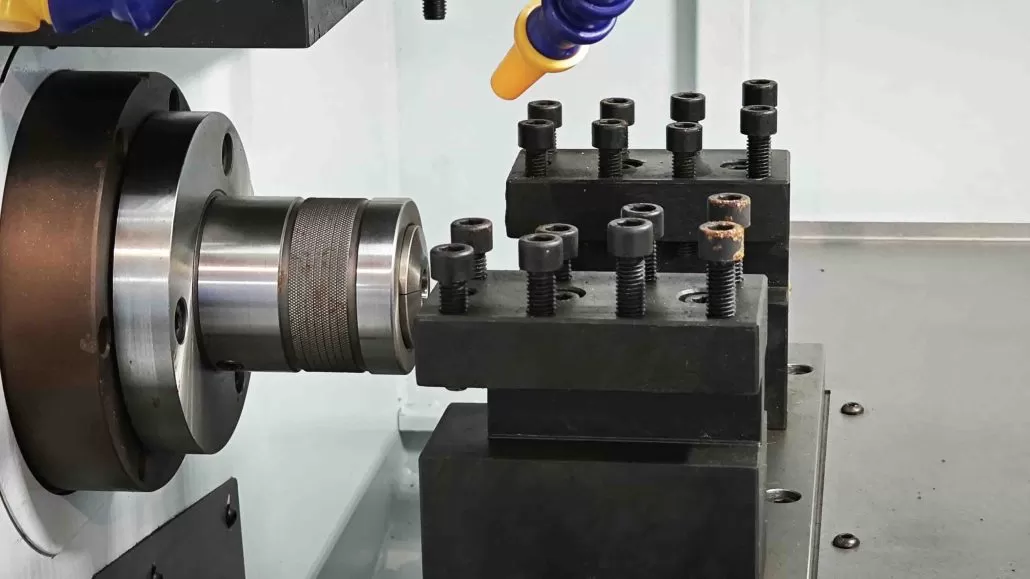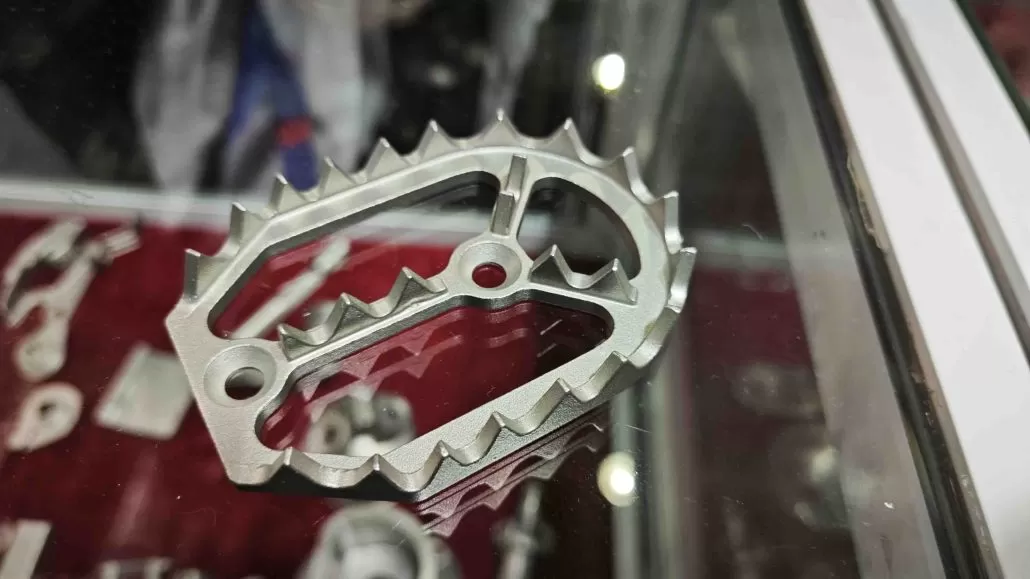CNC machined parts are often prone to scratches due to their manufacturing process. This can lead to a decrease in quality, which can affect the overall function of the part. However, there are several ways to reduce the occurrence of scratches and improve the overall quality of the parts.
1. Improve Tool Selection and Cutting Parameters
One of the best ways to reduce scratches on CNC machined parts is to use the appropriate cutting tools and parameters. Choosing a tool with a sharper edge and optimizing the cutting speed and feed rate can minimize the occurrence of scratches. Using the right cutting fluid can also help to reduce the amount of heat generated during the machining process, which can lead to fewer scratches.

2. Use High-Quality Materials
Using high-quality materials can also reduce the occurrence of scratches on CNC machined parts. Materials with high hardness and wear resistance are less likely to scratch during the manufacturing process. Additionally, using materials that are less prone to oxidation or corrosion can also help to reduce the occurrence of scratches.
3. Implement Proper Part Fixturing
Proper part fixturing is crucial to ensure that the part is held securely during the machining process, reducing the chance of scratches caused by part movement or vibration. It is important to choose the right fixture for the job and to ensure that it is properly calibrated before starting the machining process. Additionally, it is important to regularly inspect the fixture and replace worn or damaged components as needed.
4. Implement Quality Control Measures
Implementing quality control measures such as inspecting parts before and after machining can help to identify and address potential causes of scratches. By using a high-quality inspection system, it is possible to detect scratches that may not be visible to the naked eye. Regularly maintaining and cleaning the CNC machine can also reduce the occurrence of scratches, as built-up debris and contaminants can cause scratches during the machining process.

In addition to the above tips, it is important to ensure that the machining process is properly monitored throughout the entire process. This can include using sensors to detect any abnormalities during the machining process, as well as regularly checking the temperature and humidity levels in the machining environment. Proper lighting can also help to identify any scratches or defects that may be present on the machined part.
It is also important to properly handle and store the machined parts once they have been completed. This may include using protective covers or packaging to prevent scratches during transportation or storage. Proper handling and storage can help to ensure that the parts remain in good condition and are not subject to any unnecessary wear or damage.
By following these tips, you can reduce the occurrence of scratches on CNC machined parts and improve the quality of your products. With the right tools, materials, fixturing, quality control measures, and monitoring and handling techniques, it is possible to produce high-quality parts with minimal scratches.


